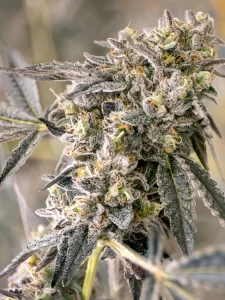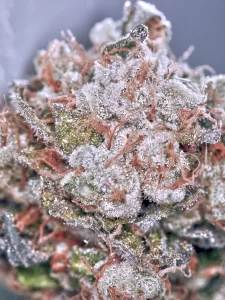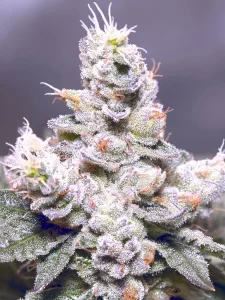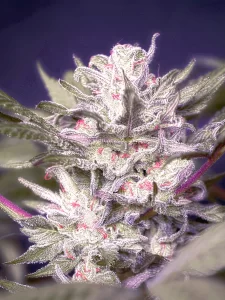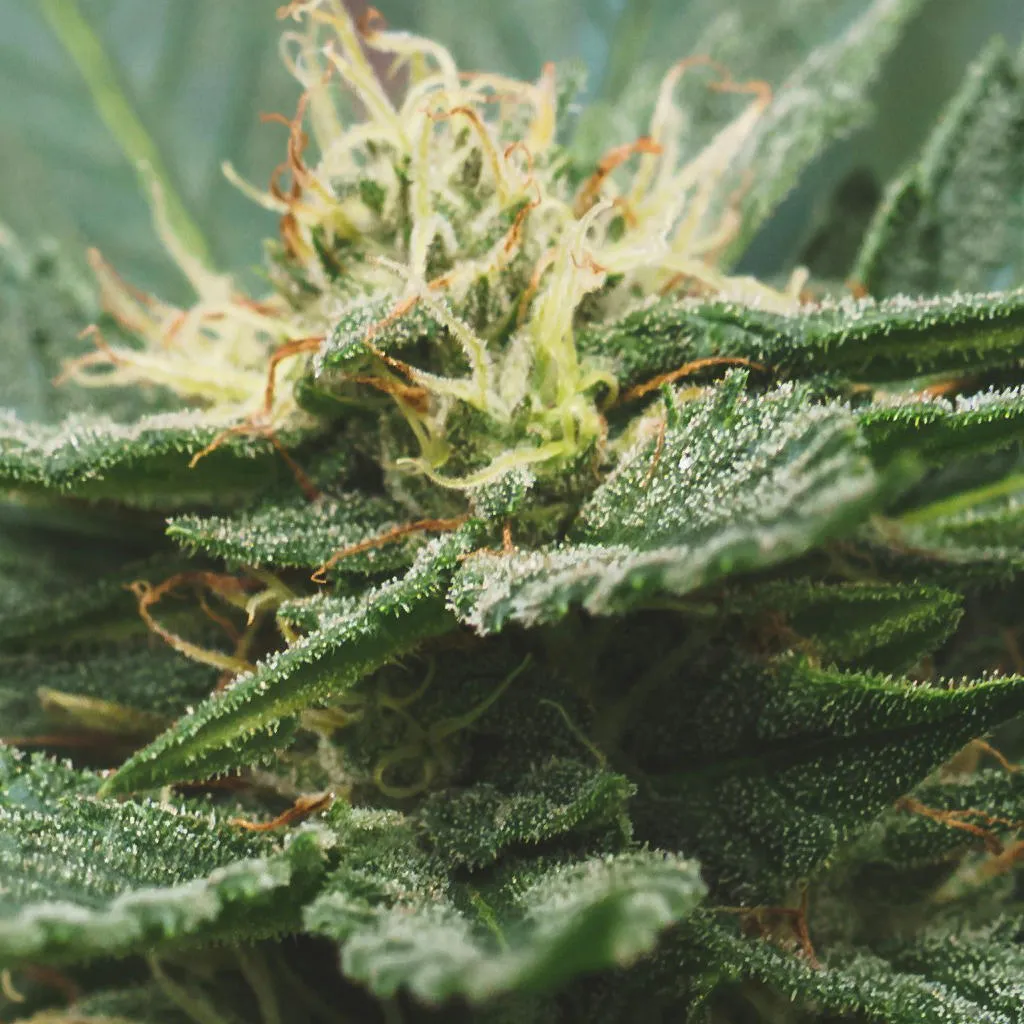In recent years, the cannabis plant has been at the forefront of significant scientific interest and research, shedding light on its complex chemistry and the potential therapeutic benefits it holds. Beyond the well-known compounds of THC (tetrahydrocannabinol) and CBD (cannabidiol), there lies a spectrum of other cannabinoids, each with unique properties and uses. Among these, CBN (cannabinol), CBG (cannabigerol), and THCa (tetrahydrocannabinolic acid) stand out for their promising applications in health and wellness. This article delves into the science, benefits, and uses of CBN, CBG, and THCa, offering insights into their role in the evolving landscape of cannabis research and their impact on future therapeutic approaches.
CBN: The Sleep-Inducing Compound
Cannabinol, or CBN, is a cannabinoid that has gained attention for its potential sedative effects. Unlike its more famous counterpart, THC, CBN is not known for its psychoactive properties but rather for its potential to induce relaxation and sleep. This compound is typically found in aged cannabis, as it is the product of THC degradation when the plant is exposed to air and light over time.
Potential Benefits of CBN
- Sleep Aid: CBN’s most notable potential benefit is its ability to act as a natural sedative. While research is still in the early stages, preliminary studies suggest that CBN may help improve sleep quality and duration, making it a potential alternative to traditional sleep medications.
- Pain Relief: CBN may also play a role in pain management. It is believed to interact with the body’s endocannabinoid system to reduce the sensation of pain, potentially offering a natural remedy for chronic pain sufferers.
- Neuroprotective Properties: Early research indicates that CBN could have neuroprotective effects, suggesting it may contribute to the treatment of conditions like Alzheimer’s disease by protecting nerve cells from damage.
CBG: The Mother of All Cannabinoids
Cannabigerol, or CBG, is often referred to as the “mother of all cannabinoids” because it is the precursor from which other cannabinoids are synthesized in the cannabis plant. Although typically present in low concentrations, advances in breeding and extraction techniques have made it more accessible for research and use.
Potential Benefits of CBG
- Anti-inflammatory: CBG has demonstrated significant anti-inflammatory properties, making it a potential candidate for treating conditions like inflammatory bowel disease and Crohn’s disease.
- Antibacterial and Antifungal Properties: Studies have shown that CBG possesses antibacterial and antifungal abilities, particularly against strains resistant to traditional antibiotics, suggesting its potential in combating bacterial infections.
- Cancer-Fighting Potential: Preliminary research suggests that CBG may inhibit the growth of certain cancer cells, indicating its potential as a complement to traditional cancer treatments.
THCa: The Non-Psychoactive Precursor to THC
Tetrahydrocannabinolic acid, or THCa, is the non-psychoactive acidic precursor to THC. Found in raw and live cannabis, it converts to THC when decarboxylated, or heated. THCa itself, however, does not produce the psychoactive effects associated with THC, offering unique benefits without the high.
Potential Benefits of THCa
- Anti-Inflammatory and Neuroprotective: Like CBG, THCa has shown potential in reducing inflammation and offering neuroprotective effects, making it a candidate for treating conditions such as arthritis and neurodegenerative diseases.
- Anti-Nausea: Early studies suggest that THCa may be effective in reducing nausea and vomiting, offering relief for chemotherapy patients and others experiencing these symptoms.
- Potential in Diabetes Management: Research into THCa has also hinted at its ability to regulate blood sugar levels, suggesting a possible role in diabetes management.
The Future of Cannabis Research
The exploration of CBN, CBG, and THCa represents just the tip of the iceberg in cannabis research. As our understanding of these compounds grows, so too does the potential for developing new, more targeted therapies for a wide range of conditions. However, it is crucial to note that much of the research is still in its infancy, and further studies are needed to fully understand the therapeutic potential and safety profiles of these cannabinoids.
In addition to therapeutic uses, these cannabinoids are also being explored for their potential in personal care products, food supplements, and as natural alternatives to traditional medications, underscoring the versatility and wide-ranging benefits of cannabis-derived compounds.
Conclusion
As the stigma around cannabis continues to fade, the scientific community is unlocking the potential of its lesser-known compounds. CBN, CBG, and THCa each hold unique properties and therapeutic promises that could revolutionize how we approach various health conditions and wellness practices. The ongoing research and development of cannabis-based products will undoubtedly continue to reveal new applications and benefits of these fascinating compounds, contributing to the growing body of evidence supporting the medicinal value of cannabis. In the quest for natural, effective treatments, CBN, CBG, and THCa stand out as beacons of potential, heralding a new era in health and wellness innovation.


